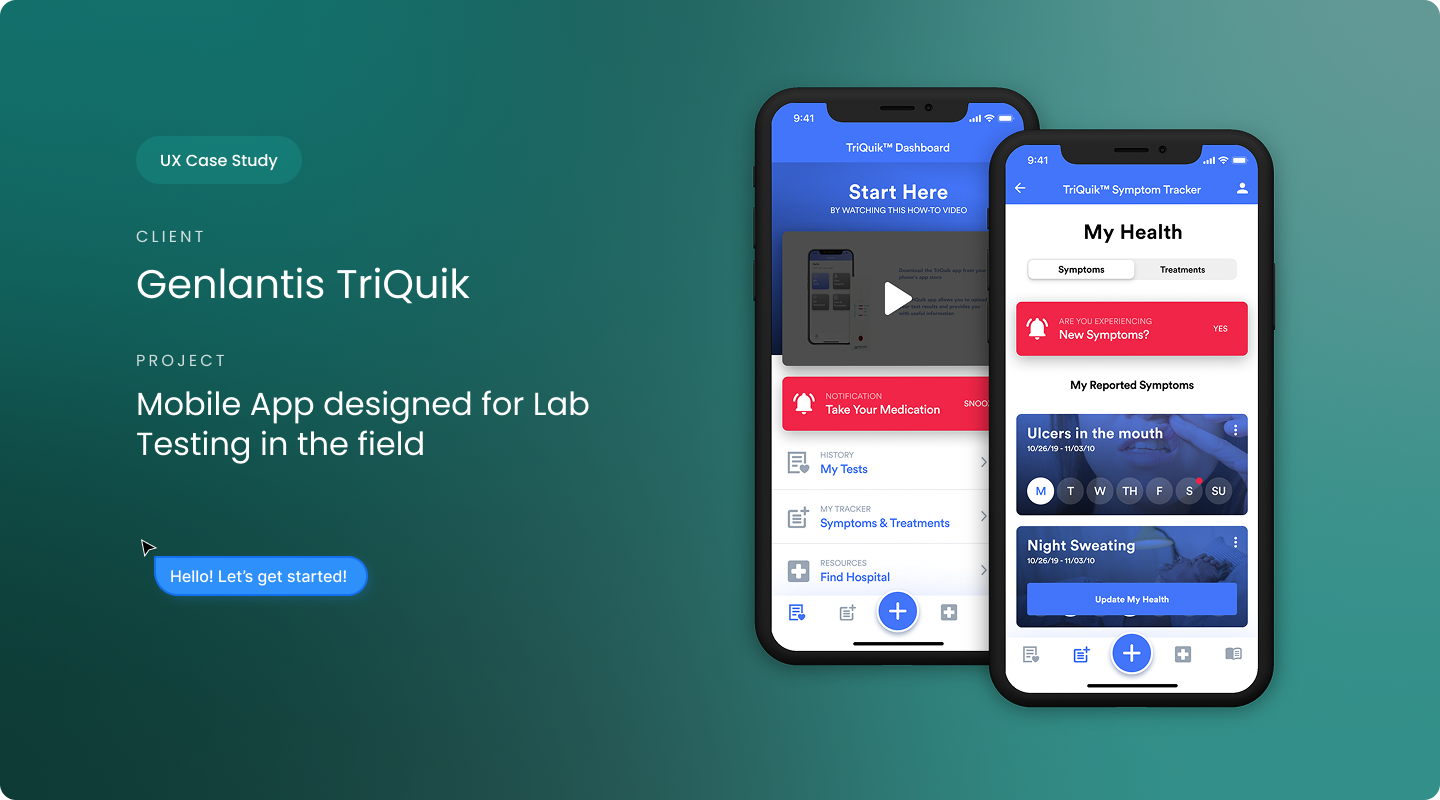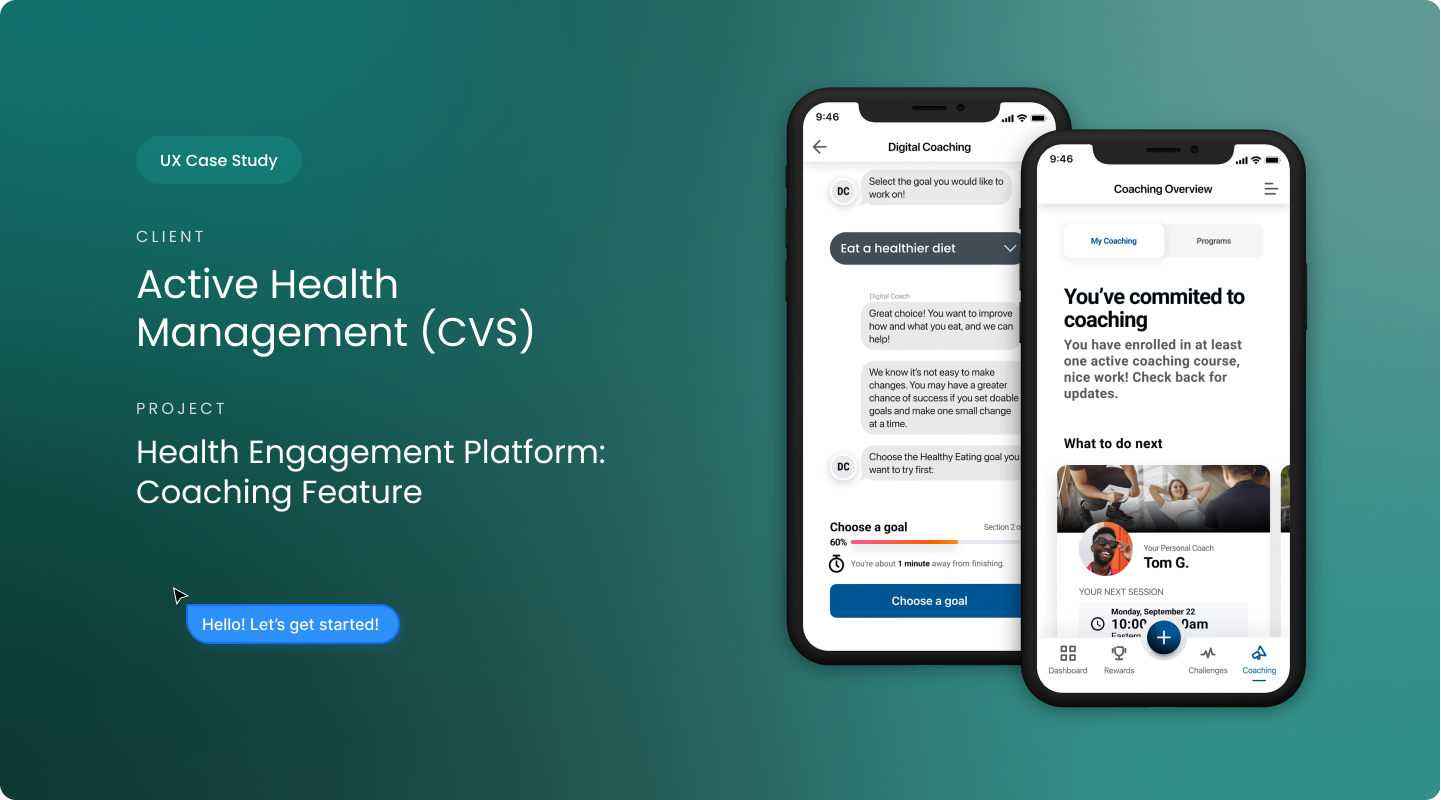
GreenKey
Year
2022
Services
Research
,
Discovery
,
Design
Intro
San Diego startup GreenKey set out to build a feature-rich real estate platform to rival Redfin, focusing on advanced agent tools and a modern, user-friendly experience for home buyers. With insider insights into Redfin’s gaps, the goal was to deliver best-in-class functionality and design for both agents and clients.

The Challenge
While working at Seamgen, a software design and development agency in San Diego, I led the design for GreenKey - a startup client looking to create a real estate platform positioned to directly compete with Redfin. The client, an experienced licensed Real Estate Agent, had inside knowledge of Redfin's limitations and saw an opportunity to create something better for agents.
The Core Problem
Real estate platforms prioritize consumers over the agents who actually close deals. Through conversations with my client (a working agent), I learned that agents constantly juggle multiple disconnected tools, struggle with outdated interfaces, and feel like an afterthought in platforms designed primarily for home buyers.
Project Scope & Constraints
- Timeline: 3 months for concept and design
- Team: Just me (designer) working directly with client/SME
- Budget: Startup budget - no funds for extensive user testing
- Goal: Create comprehensive designs to attract funding and development partners
Discovery & Research Process
Subject Matter Expert Interviews
Since the client was a licensed agent with 8+ years experience, I conducted extensive interviews to understand daily workflows, current tool frustrations, wish list features, and competitive insights from an insider perspective.
Competitive Analysis
Deep dive into Redfin revealed strong consumer experience but poor agent tools - limited workflow integration, one-size-fits-all approach, and no platform that truly serves agents well.
User Research Foundation
Without budget for formal user testing, I created detailed personas based on client insights and industry research, mapped user journeys for different agent types, and researched agent forums for additional pain points.
Information Architecture Challenge
The client wanted everything - CRM, document management, marketing tools, search, communication. I had to map out all the tools agents currently use separately and prioritize the most critical functions for integration.
Design Process & Key Challenges
The Real Design Challenges:
- Balancing Two Audiences: Agents need powerful tools, buyers want simplicity
- Feature Overwhelm: Prioritizing without overwhelming the interface
- No User Feedback Loop: Making informed assumptions based on SME input
- Technical Unknowns: Designing ambitious features mindful of future implementation
Stakeholder Management Reality
Working directly with a founder/SME meant frequent scope creep discussions, balancing business vision with user needs, and managing expectations about what design alone could prove.
Design Strategy
Started with wireframes to work through complex workflows, used dashboard-first approach for agent command center, applied progressive disclosure to avoid overwhelming users, and leveraged familiar patterns from tools agents already use.
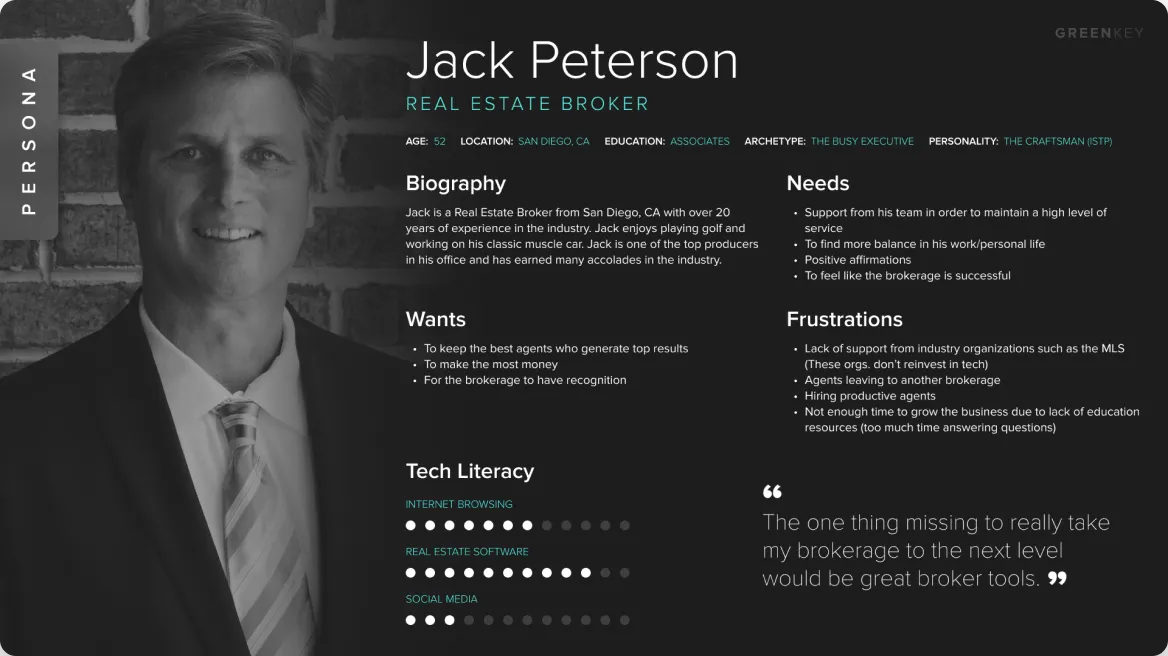


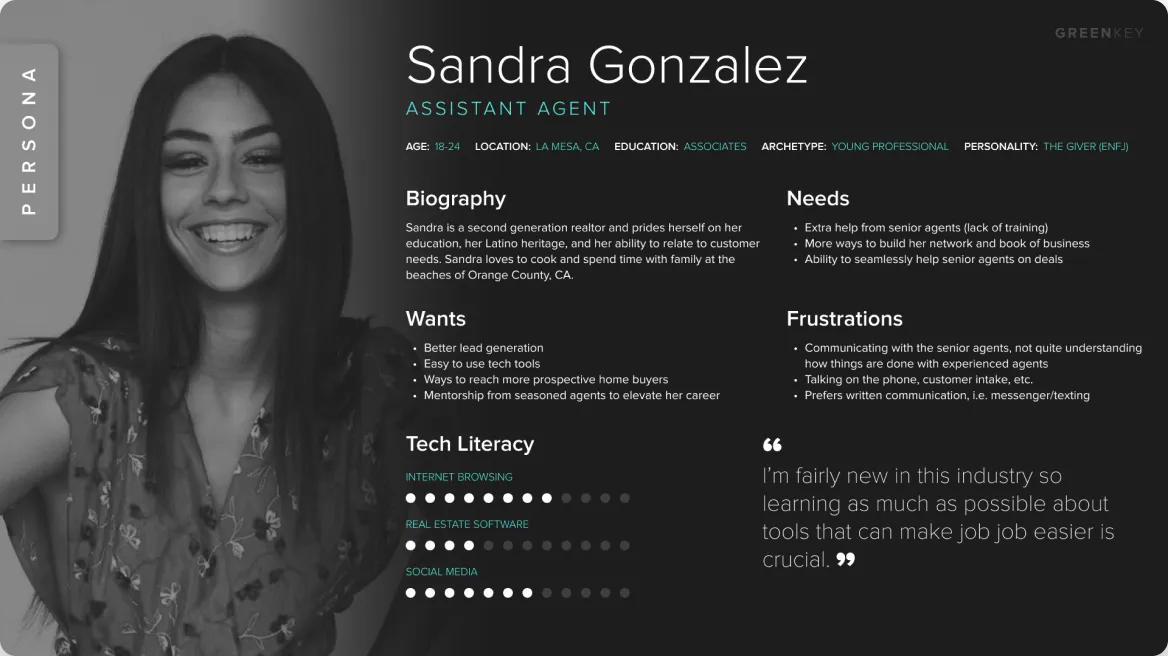
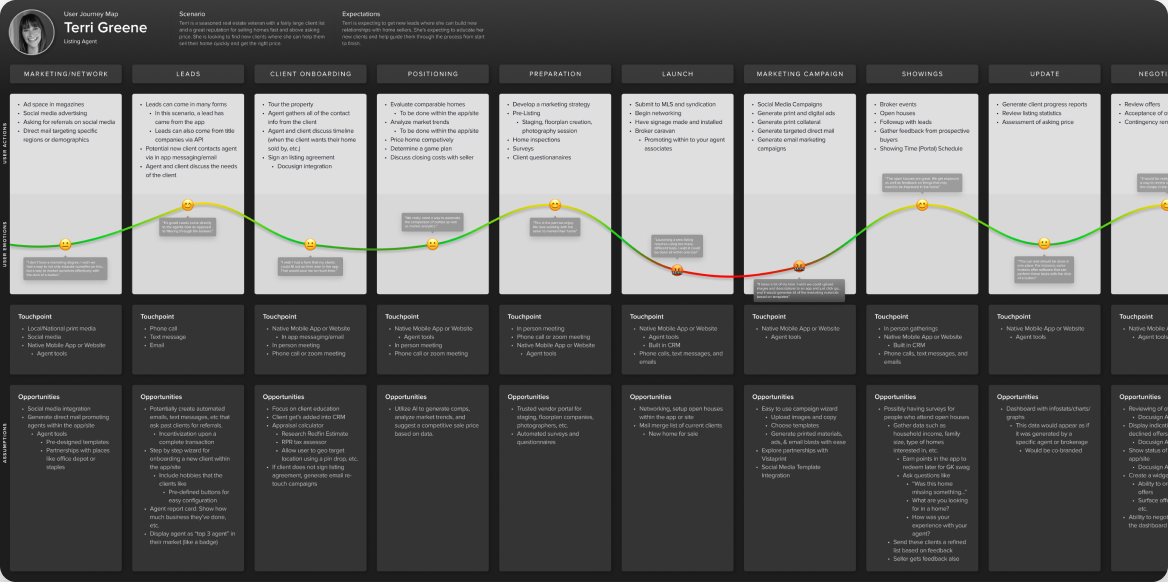
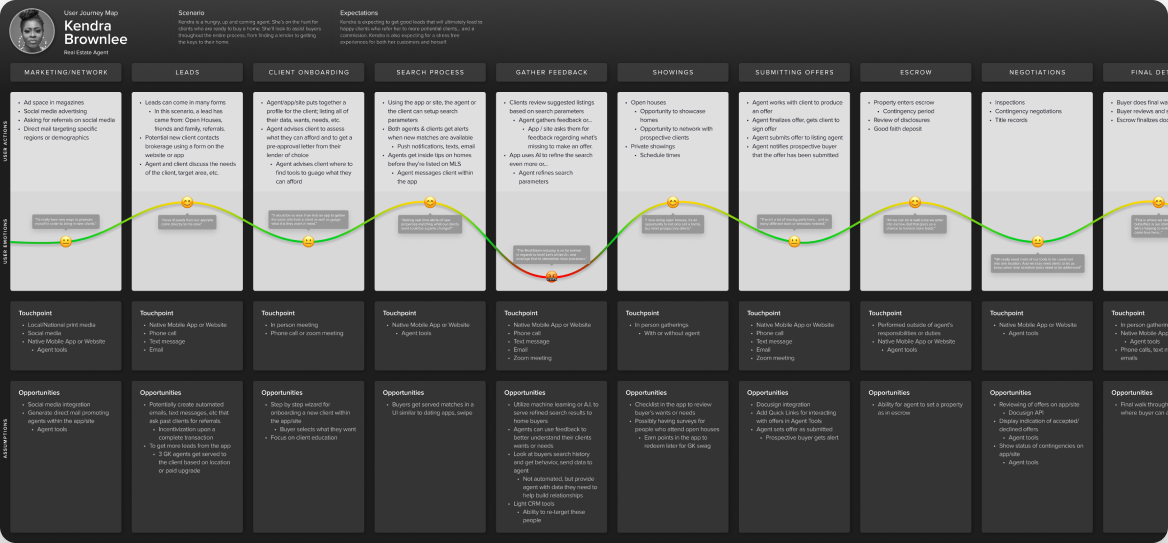
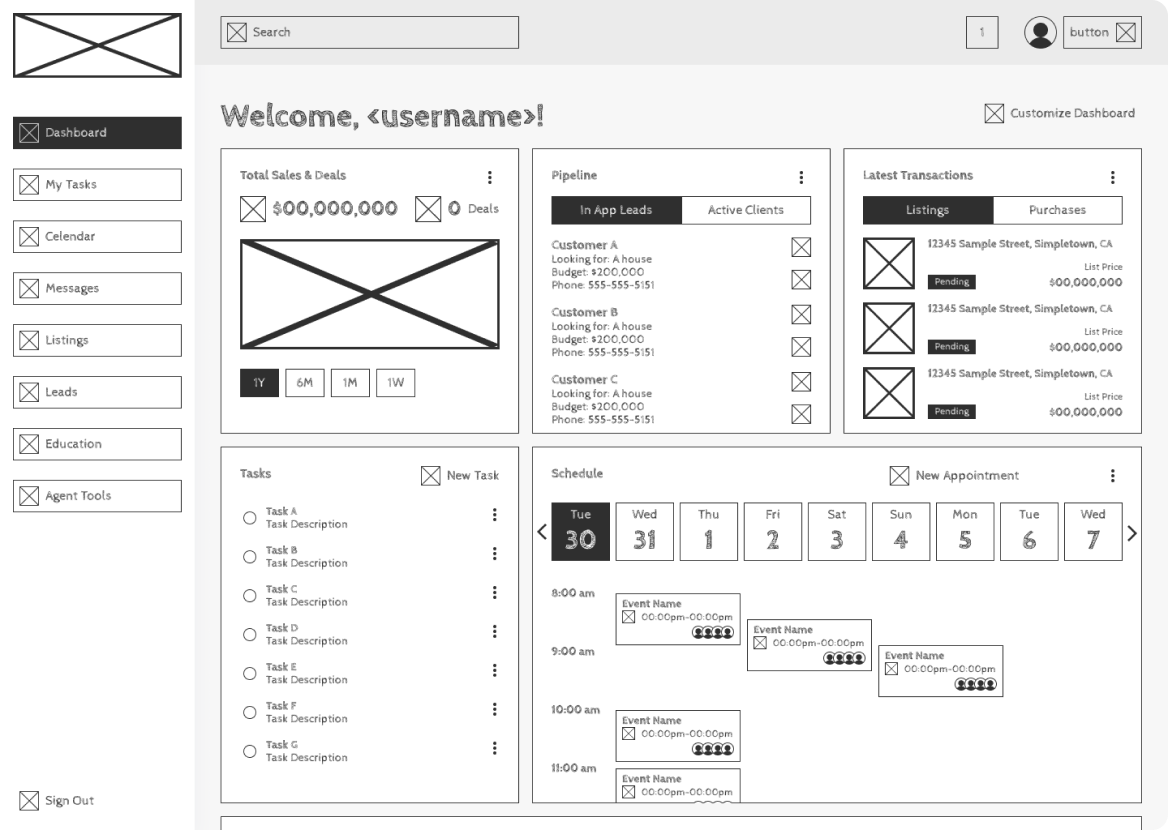
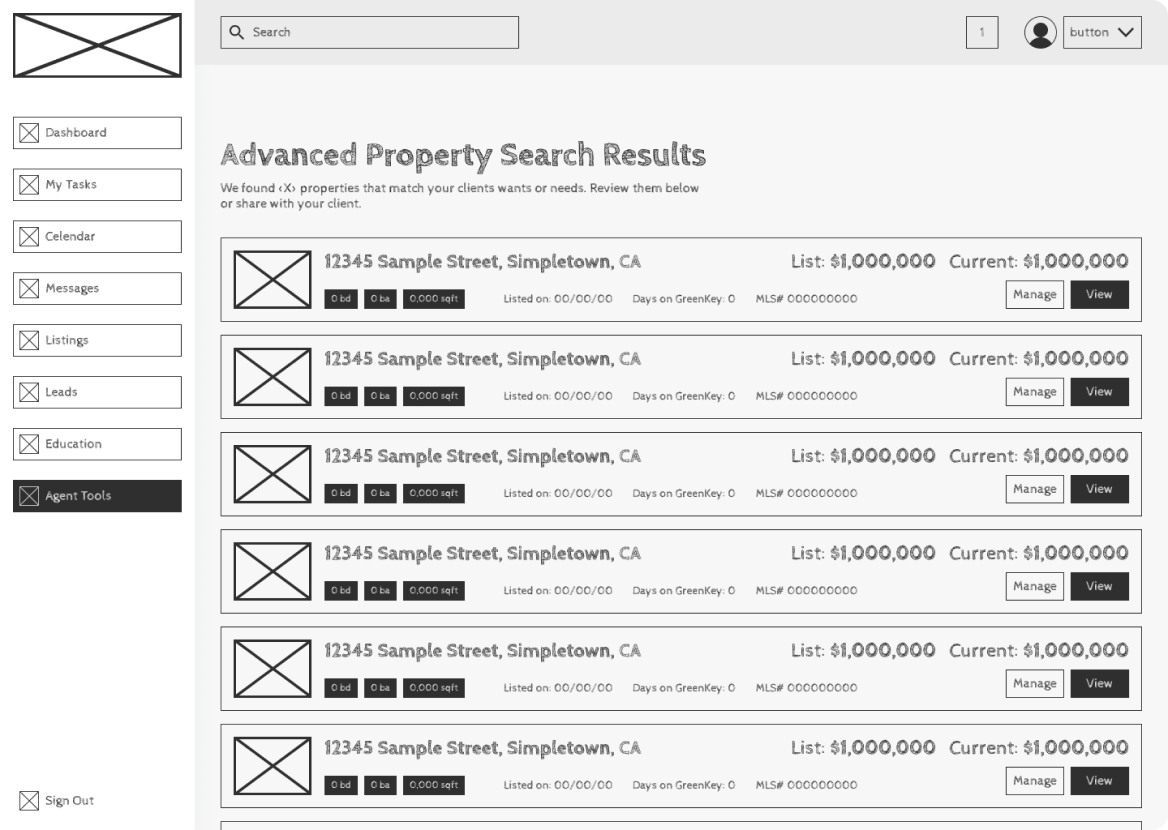
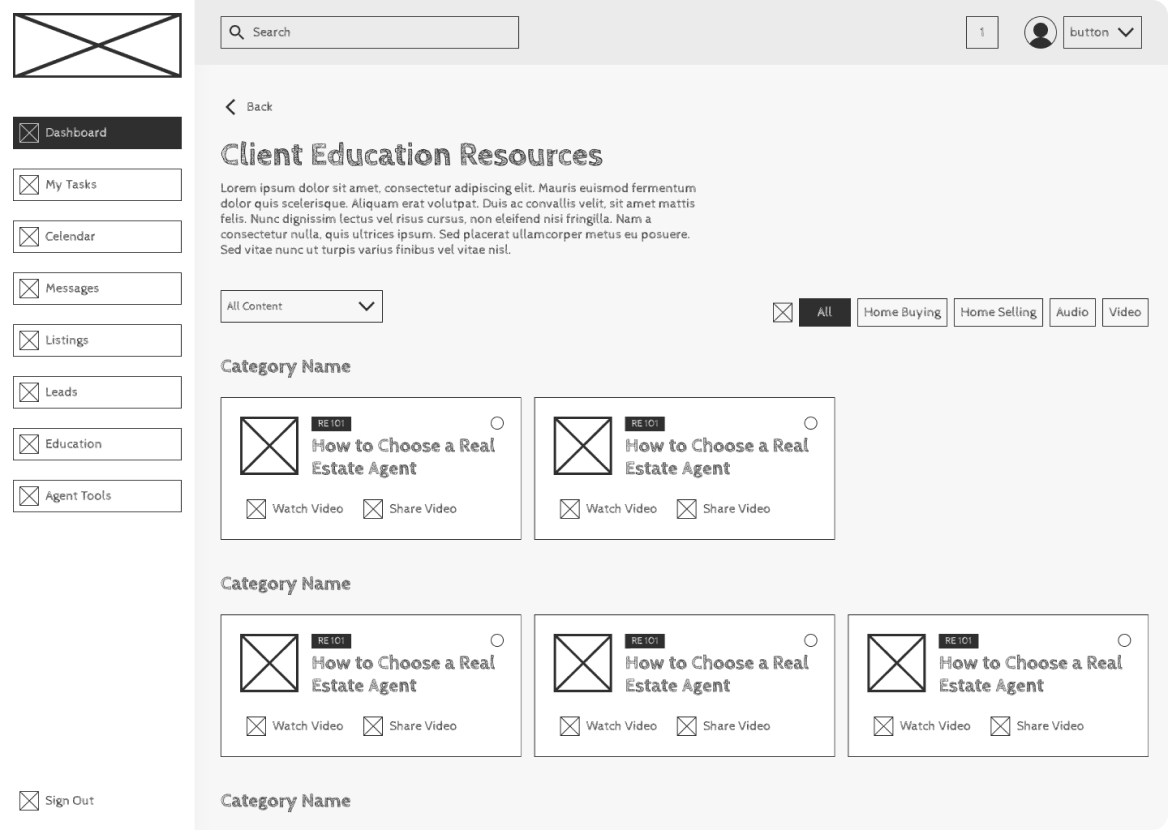
No items found.
The Result
Comprehensive Platform Design
Successfully created a design system and platform concept that addressed core agent pain points while maintaining excellent buyer experience. The designs demonstrated how real estate technology could evolve beyond simple property search into a true agent empowerment tool.
Key Design Solutions Delivered
Unified Agent Dashboard
Replaced 6+ separate tools with one integrated interface featuring deal pipeline with visual status tracking, today's priorities with smart task organization, quick actions for common workflows, and performance overview without overwhelming detail.
Advanced Property Search Redesigned for Agents
Unlike consumer-focused platforms, I designed search specifically for how agents work - with bulk actions for managing multiple properties, agent-specific data points (days on market, price history, showing activity), quick comparison tools, and export/sharing capabilities.
Client Communication & Education Hub
Created tools specifically for agent-client interactions including educational content library agents can share, communication tracking and preferences, and meeting scheduling with follow-up management.
Enhanced Property Intelligence
Designed listing details with agent-specific insights including competitive analysis data, pricing recommendations, marketing suggestions, and historical performance metrics.
What This Project Demonstrated
Design Strategy Without Extensive Testing
Proved I can create comprehensive, user-centered designs using deep SME consultation, competitive analysis, persona-driven decision making, and solid information architecture principles.
Complex Information Architecture
Successfully organized multiple workflows into intuitive experiences, handling enterprise-level complexity with thoughtful user experience design.
Stakeholder Communication
Managed scope creep and expectation-setting with a startup founder, translating business goals into user-centered design decisions while educating about design process value.
Systems Thinking
Created cohesive visual language and reusable components that could scale across a large platform, proving ability to think beyond individual screens.
Project Outcome & Key Learnings
Why It Ended
The client ultimately decided to pursue a different business model requiring less upfront investment than a full platform build. The designs served their purpose in helping clarify market opportunity and scope.
Critical Takeaways
SME interviews can provide valuable insights when formal user research isn't possible, strong information architecture is crucial for complex B2B platforms, wireframes are essential for working through complicated workflows, and design can help validate business concepts before major investment.
Skills Demonstrated
This project showcased my ability to lead discovery and translate business requirements into user-centered design, manage complex information architecture for multi-user platforms, work autonomously with minimal direction and budget constraints, create comprehensive design systems for future development, and balance stakeholder demands with user needs and technical constraints.
While the platform wasn't built, the design process proved I can tackle complex B2B challenges and create thoughtful solutions even without ideal research conditions.

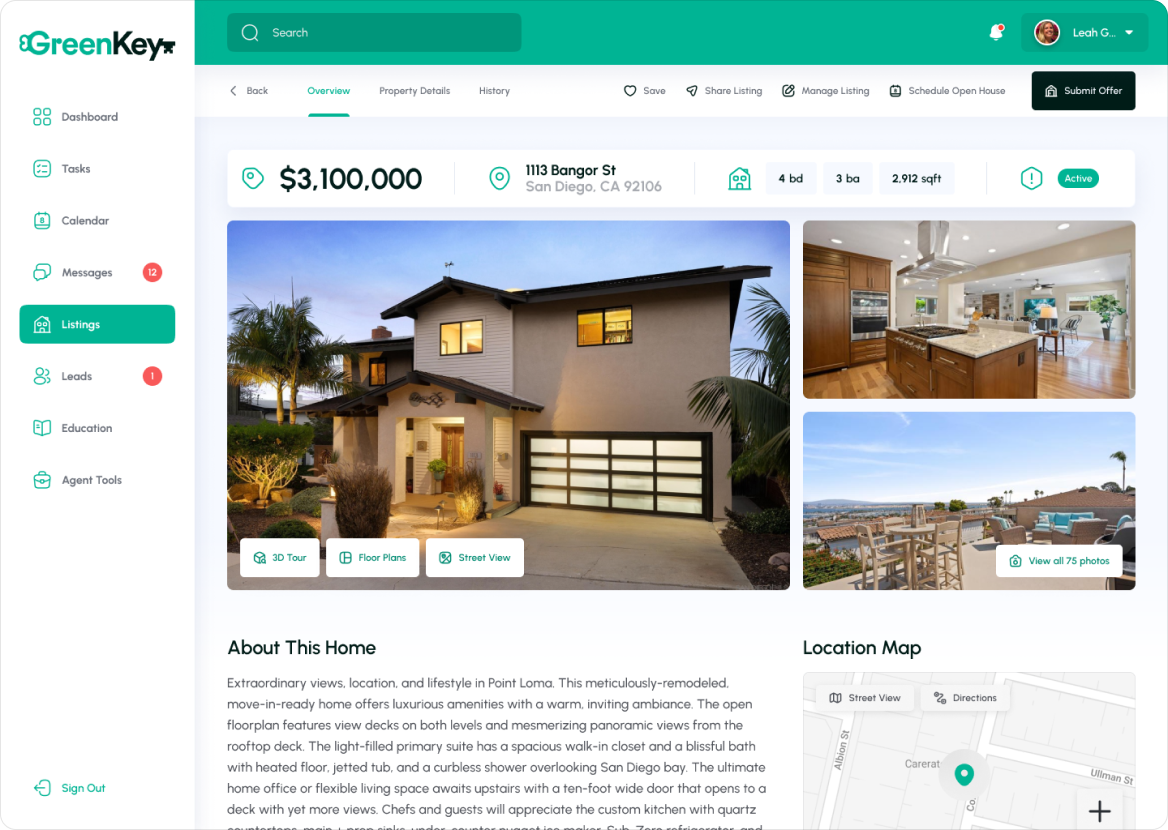
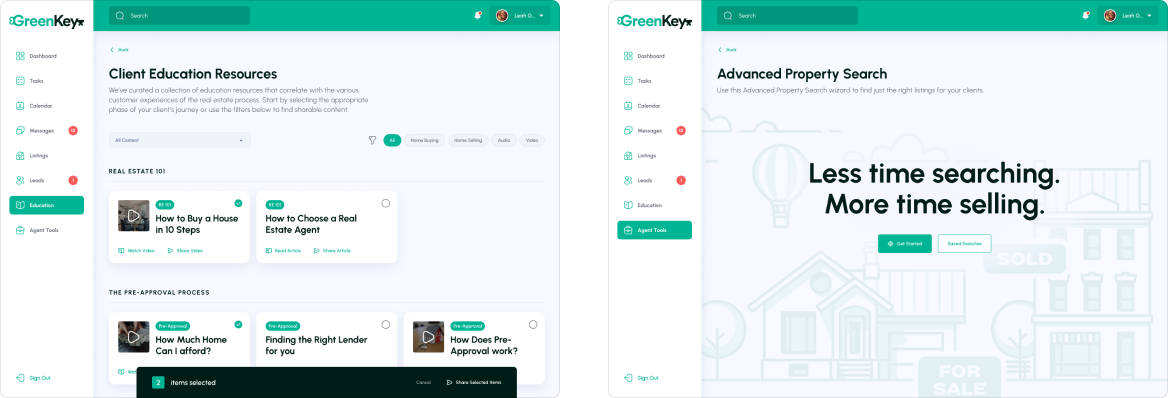
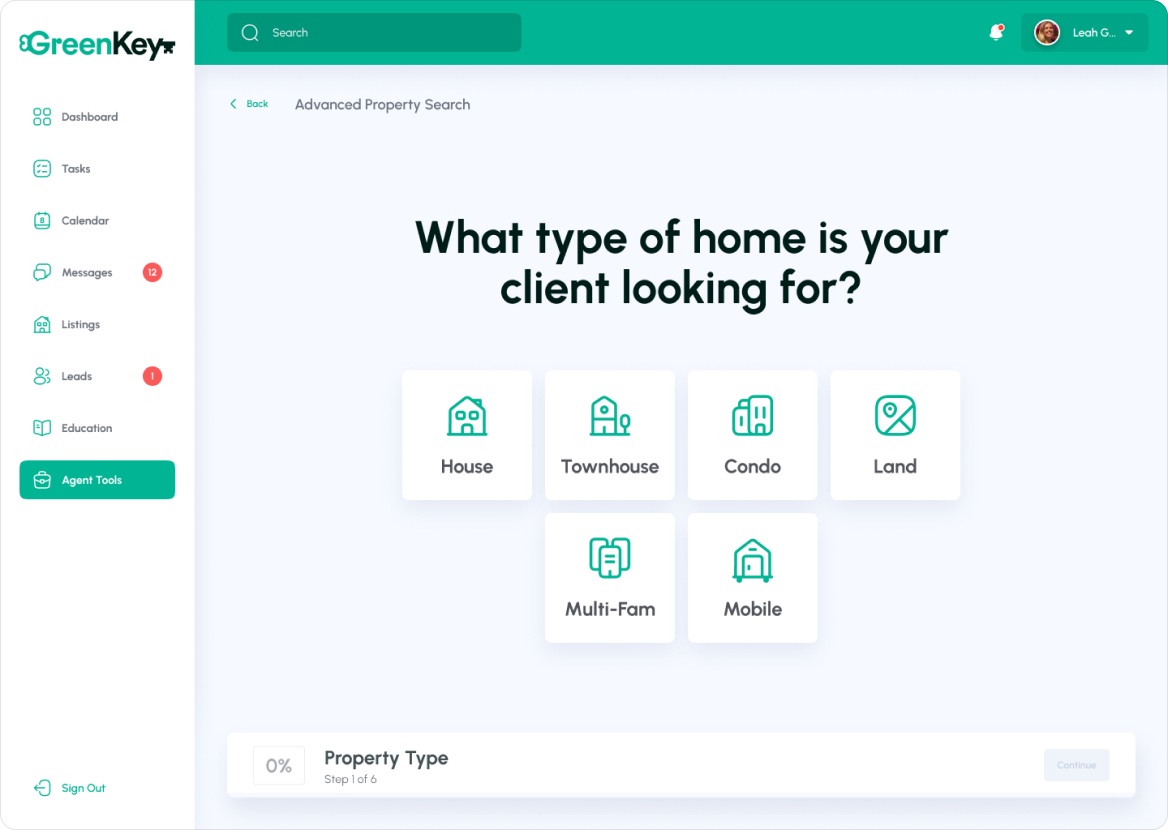
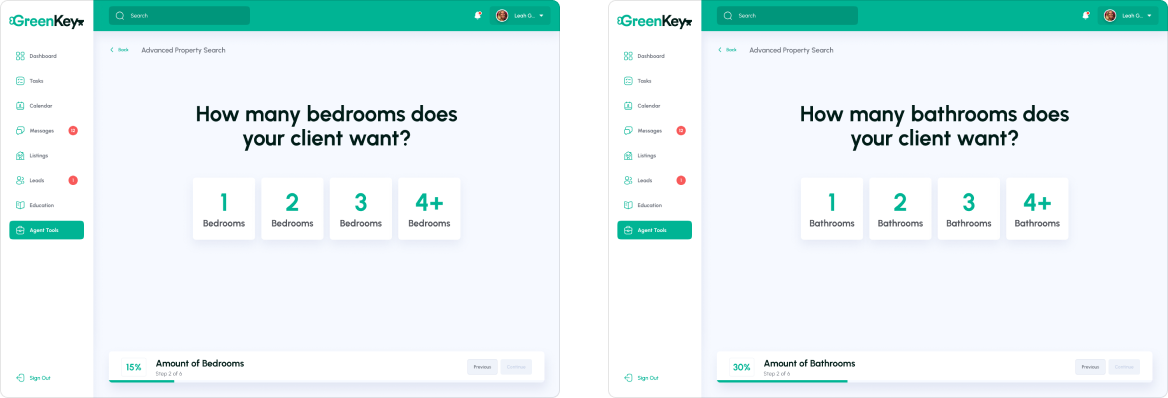

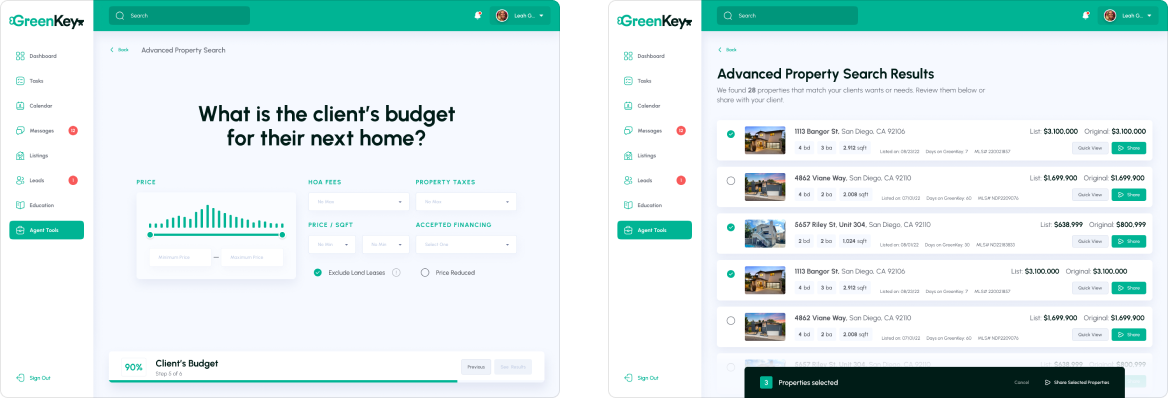
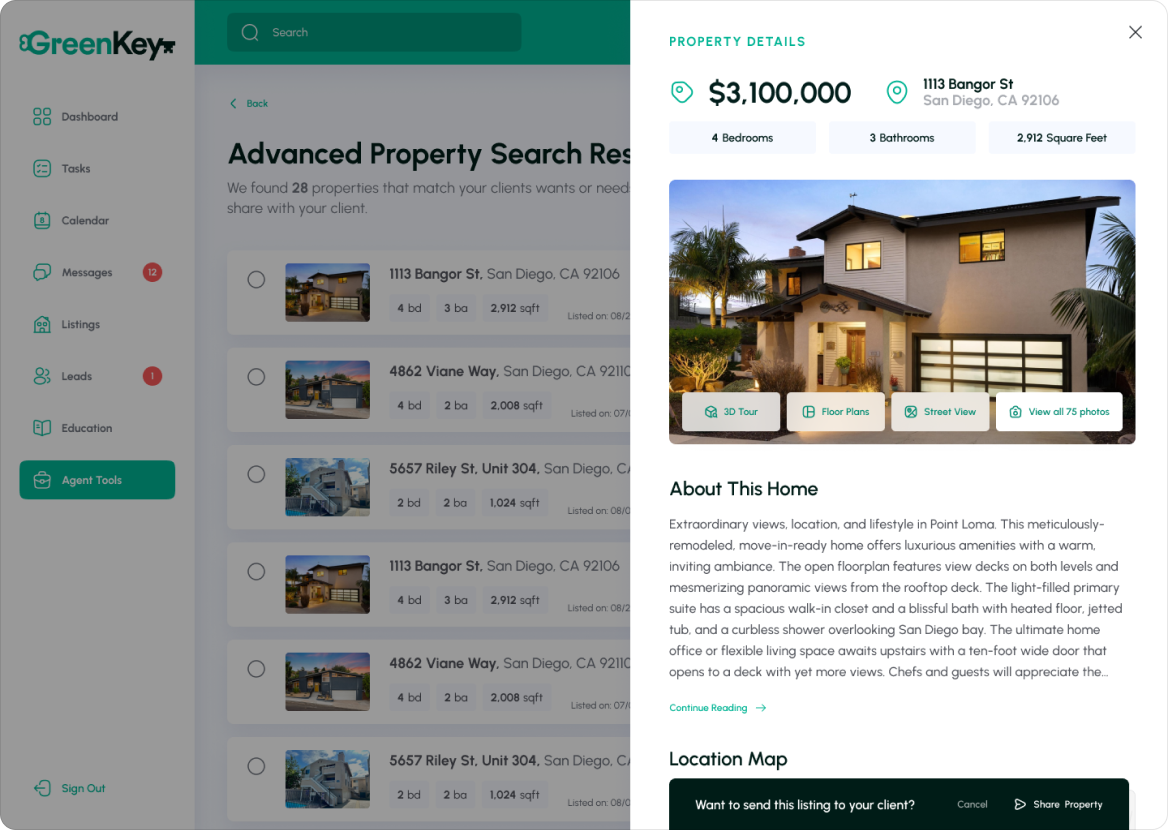
No items found.
